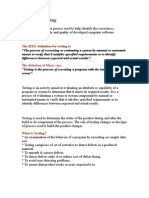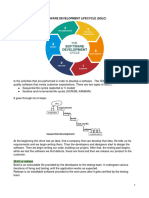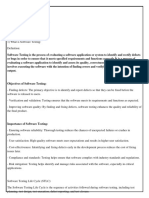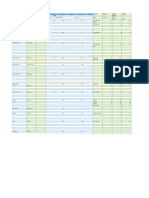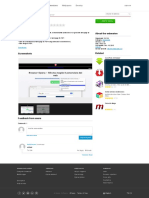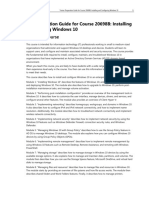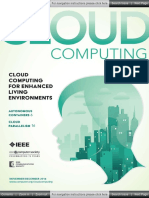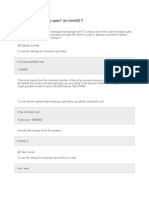0% found this document useful (0 votes)
43 views7 pagesSoftware Engineering
Software Engineering involves the systematic design, development, testing, and maintenance of software systems to ensure high quality and reliability. Software Testing evaluates and verifies that software functions correctly and is free of defects, encompassing various types and levels of testing. Both fields are essential in delivering software that meets user needs and expectations, with engineering focusing on development and testing ensuring functionality and performance.
Uploaded by
sandeep singhCopyright
© © All Rights Reserved
We take content rights seriously. If you suspect this is your content, claim it here.
Available Formats
Download as DOCX, PDF, TXT or read online on Scribd
0% found this document useful (0 votes)
43 views7 pagesSoftware Engineering
Software Engineering involves the systematic design, development, testing, and maintenance of software systems to ensure high quality and reliability. Software Testing evaluates and verifies that software functions correctly and is free of defects, encompassing various types and levels of testing. Both fields are essential in delivering software that meets user needs and expectations, with engineering focusing on development and testing ensuring functionality and performance.
Uploaded by
sandeep singhCopyright
© © All Rights Reserved
We take content rights seriously. If you suspect this is your content, claim it here.
Available Formats
Download as DOCX, PDF, TXT or read online on Scribd
/ 7






























